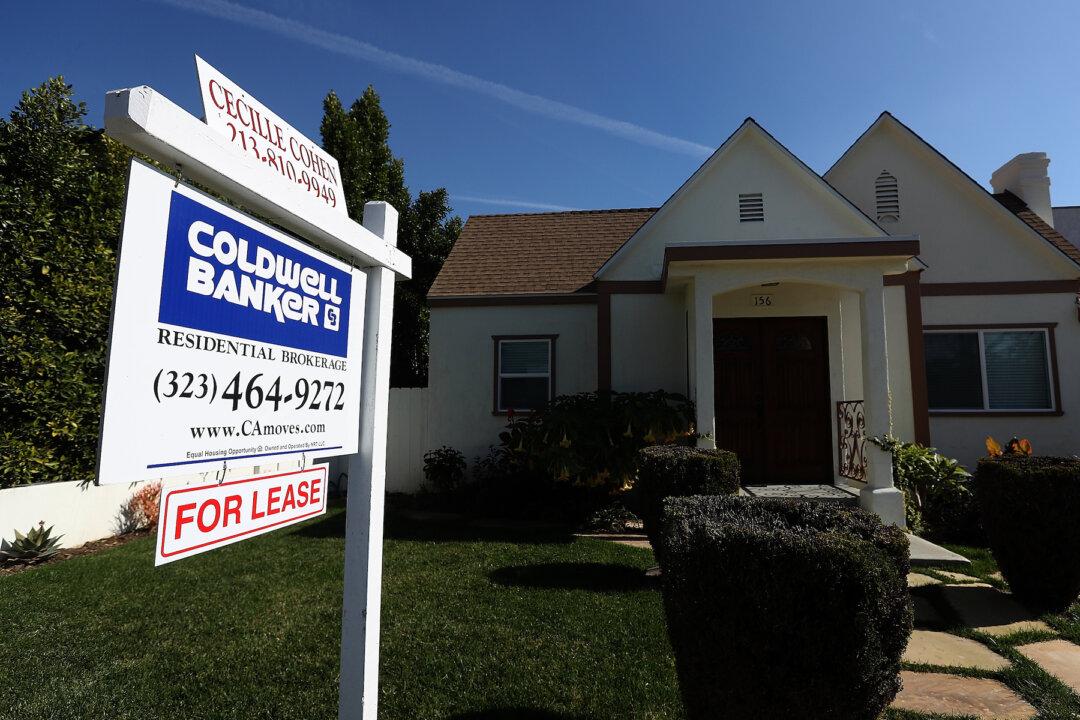The cost of renting a home or apartment in Los Angeles and Orange counties has jumped 5.8 percent in the past year.
The latest rent hike is the highest since 2005 and has increased at the fastest pace in 14 years, according to the Consumer Price Index calculated by the U.S. Bureau of Labor Statistics. A year ago, the CPI reported rent had jumped 4.7 percent. The CPI polls consumers in contrast to other rent measurements that are derived from landlord surveys to track rent costs.





